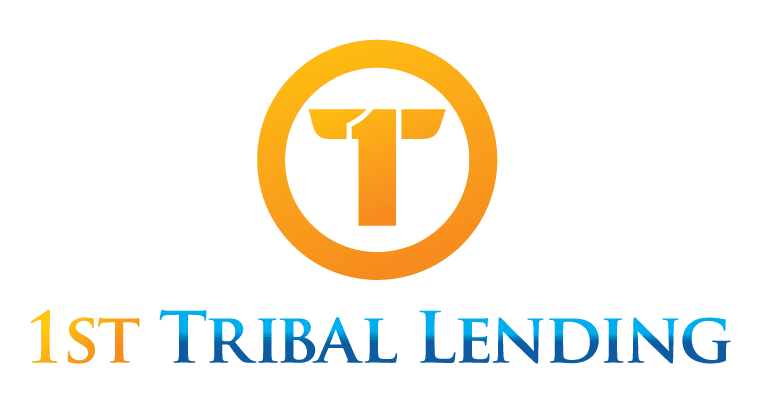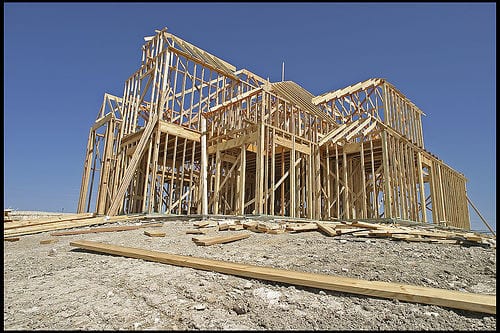There are many reasons as to why a family would want to receive a home loan including buying a new or existing home, refinancing, building, or renovating. But, when owning a home on Tribal lands, being able to do what you want with the money that you receive can be tricky. This is because Section 184 was specifically designed to help increase home ownership within Native communities, so these regulations help target these specific goals without allowing Tribal land fall to commercial development. Here are the top five uses for HUD Section 184 loans.
Refinancing a Home
One of the uses for HUD Section 184 loans is to refinance a single family property containing one to four family dwelling units or up to four individual buildings located on one plot of land that is defined as Indian or Alaskan Native operating areas. Refinancing can come in three different possible options including No Cash-Out Refinance, Cash-Out Refinance, and Credit/Non-Credit Streamline Refinances. Each of these choices has positive and negative aspects that should be taken into consideration. It is good to keep in mind that options that are good for some borrowers many not work for others.
Constructing a New Home
Undertaking the construction of a new home can be a long and complicated process. Under Section 184, borrowers are allowed to develop structures that meet specific needs of individual households on tribal lands. These buildings and homes are not required to follow any one specific floor plan or design model and home buyers can consult home plan guides or other design options. These buildings though should follow the standards that are previously listed in the ‘Buying a New Home’ section.
Buying a New Home
When buying a new home, there are many standards that people must follow in order to buy a new home. There are codes that a new home must follow in order for it to be purchased and lived in. This includes a heating system, plumbing system, energy efficiency (according to the regulations set in Section 526(a) of the National Housing Act), and no lead-based paint in the house unless the house was built before 1978, in which case there can be no cracking, peeling, or scaling of the paint.
Renovation
Borrowers who want to renovate an existing structure will need to submit detailed plans and specifications to their lender for review and approval. These details must include plans developed by an architect or contractor (depending on the work) and must include cost estimates, site maps, legal descriptions, plot plans that shows the location of the structure on the plot of land, and the contracts and agreements between the borrower and contractors.
Purchase/Renovation of an Existing Home
Many people who are borrowing from HUD Section 184 are not only looking to purchase a home, but some will also need to renovate the home they are planning on purchasing. For more information on the specifications on what is needed in order to go through the process of purchasing and renovating a home, there is a PDF on the HUD Section 184 website explaining the details.
If you have questions about HUD Section 184 or need any clarification on what was covered in this post, please feel free to leave a comment or contact 1st Tribal Lending with your question privately.

